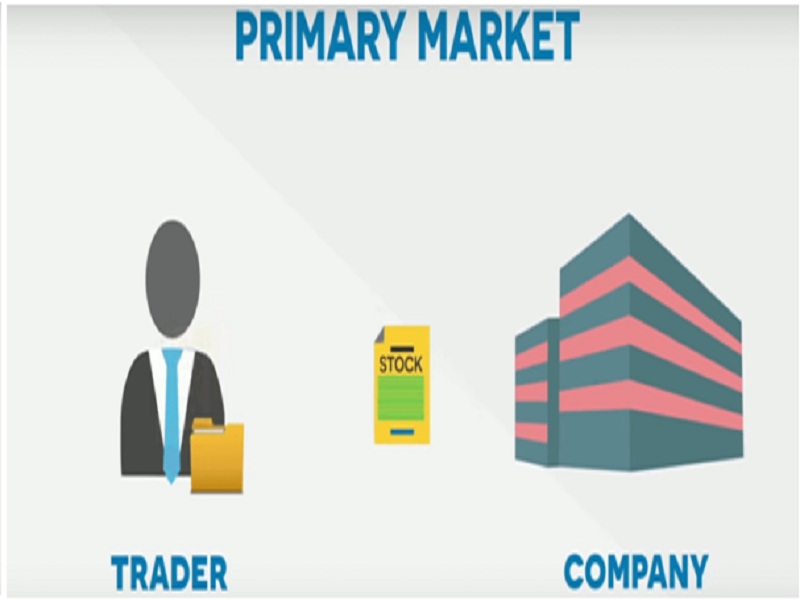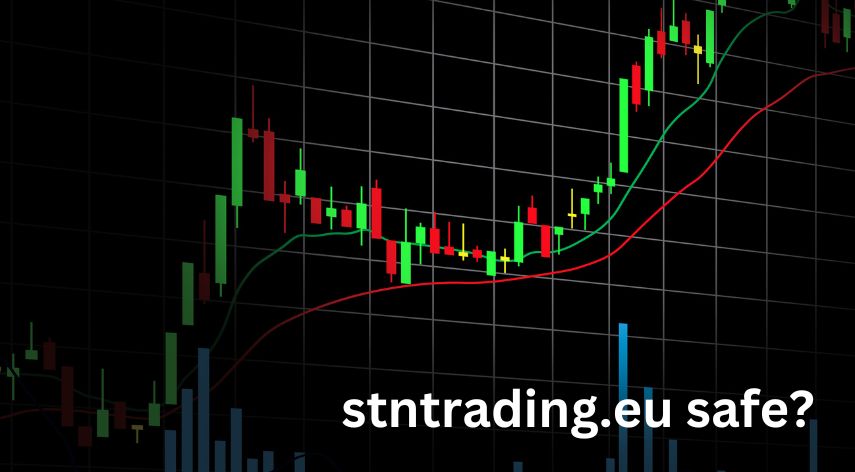What Does The Secondary Market Look Like Today?

Currently, the term “market” can appear ambiguous as it can have multiple meanings. However, it is still primarily used to denote the primary and secondary market for investors. The primary market is distinct from the secondary market in the sense that the primary market mainly creates securities. Investors trade these securities in the secondary market.
It is crucial to understand how the primary and secondary markets work so that an investor can understand how stocks and bonds trade in the form of securities. It will be incredibly difficult to trade in the capital markets without this knowledge, and one can incur significant losses. In this article, you will understand how the markets work and how secondary markets are at present so that you can maximize your profits.
Table of Contents
ToggleWhat is the primary market?
The primary market helps to create securities. The primary market is the market where firms will sell or float their new stocks to the public. It is also the place where bonds will be available for the first time. A primary market can have an initial public offering where investors can purchase securities from their banks through the initial underwriting for specific stocks. It will take place when the private company can issue stocks to the general masses for the first time.
It will be the first chance for investors to contribute their capital to certain companies by purchasing their stock. The equity capital of the company will comprise the funds which come from selling the stock at the primary market.
In addition to this, if business enterprises want to create more debt capital, then they can issue short-term bonds at the primary market. These bonds would be new ones that will have coupon rates that will correspond to the general interest rate during the time when they are issued. This interest rate can be either higher or lower than the pre-existing bonds.
What is the secondary market?
The secondary market is generally called the stock market, and you can buy equities here. Examples of the secondary market will include the Bombay Stock Exchange, the New York Stock Exchange, the NASDAQ, and so on. There are several such exchanges present all over the world. The main characteristic of these secondary markets is the fact that here investors will trade among themselves.
In the secondary market, the investors would mainly trade securities that had been issued earlier without requiring the involvement of the company. For instance, when you buy the stock of a company, then you will only deal with another investor who had previously owned the shares of that company, and the company itself is not involved in the transaction.
There are also debt markets where bonds offer guaranteed payments of the par value to investors at maturity. However, the maturity period can often be several years away. So, bondholders can choose to sell off their bonds at the secondary market for some profit when increase rates reduce. Hence, this system is quite valuable to investors.
What are the categories of the secondary market?
The secondary market has two specialized categories: the auction market and the dealer market.
In an auction market, individuals who want to trade their securities need to congregate at a specific location and announce their prices for buying and selling shares. It is known as the bidding system. Theoretically, it helps to bring the parties together and declare their prices publicly so that the market can function better. Stock exchange centers are a brilliant example of such auction markets.
A dealer market is different. It does not need different parties to come together at any specific location. Participants can rather join each other through the medium of electronic networks. In dealer markets, the dealers will have several securities with them which they can sell to the participants. Dealers can earn significant profits by selling the securities. NASDAQ is an example of a dealer market. There would be multiple dealers present who can sell the same shares. So, there would be competition in the pricing also, and it can, theoretically, help the market to make a profit and also provide opportunities for the buyers to make profits.
Conclusion
These are the general views of the market, specifically the secondary market, today. Hopefully, the information mentioned in this article will have helped you.
If you want to get information about Secondary Private Equity Liquidity so please visit this site: https://nyppex.com/
Alfred Williams, a distinguished business writer, navigates the corporate landscape with finesse. His articles offer invaluable insights into the dynamic world of business. Alfred's expertise shines, providing readers with a trustworthy guide through the complexities of modern commerce.
Recommended For You
Spread the loveIn the ever-expanding digital landscape, online trading platforms have become a staple for savvy consumers looking to explore
Spread the loveDo you find tax season overwhelming? You’re not alone. But don’t worry; our article on tax checklist essentials has you
Spread the loveNavigating the world of document signing and validation can be perplexing. This is especially true when it comes





